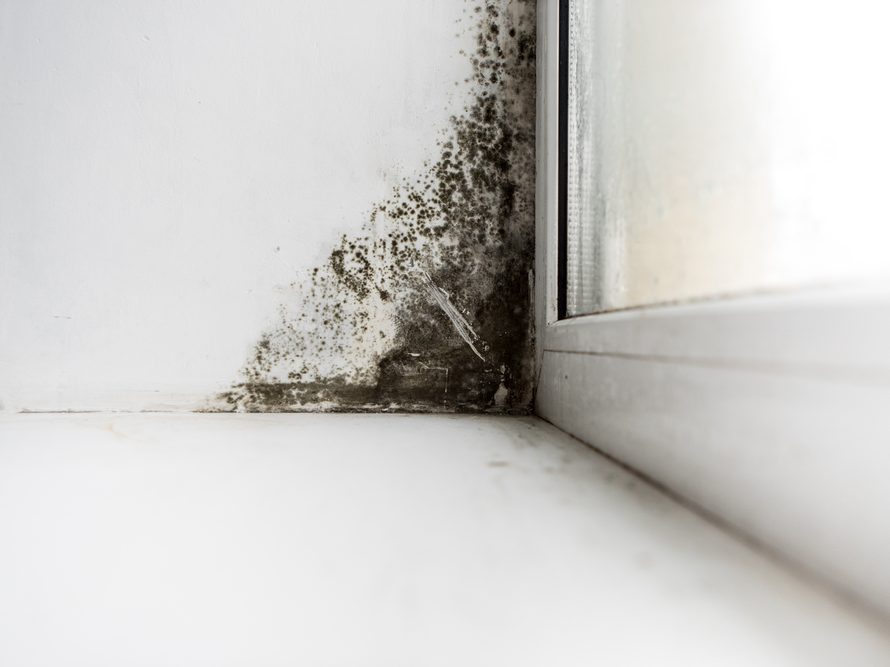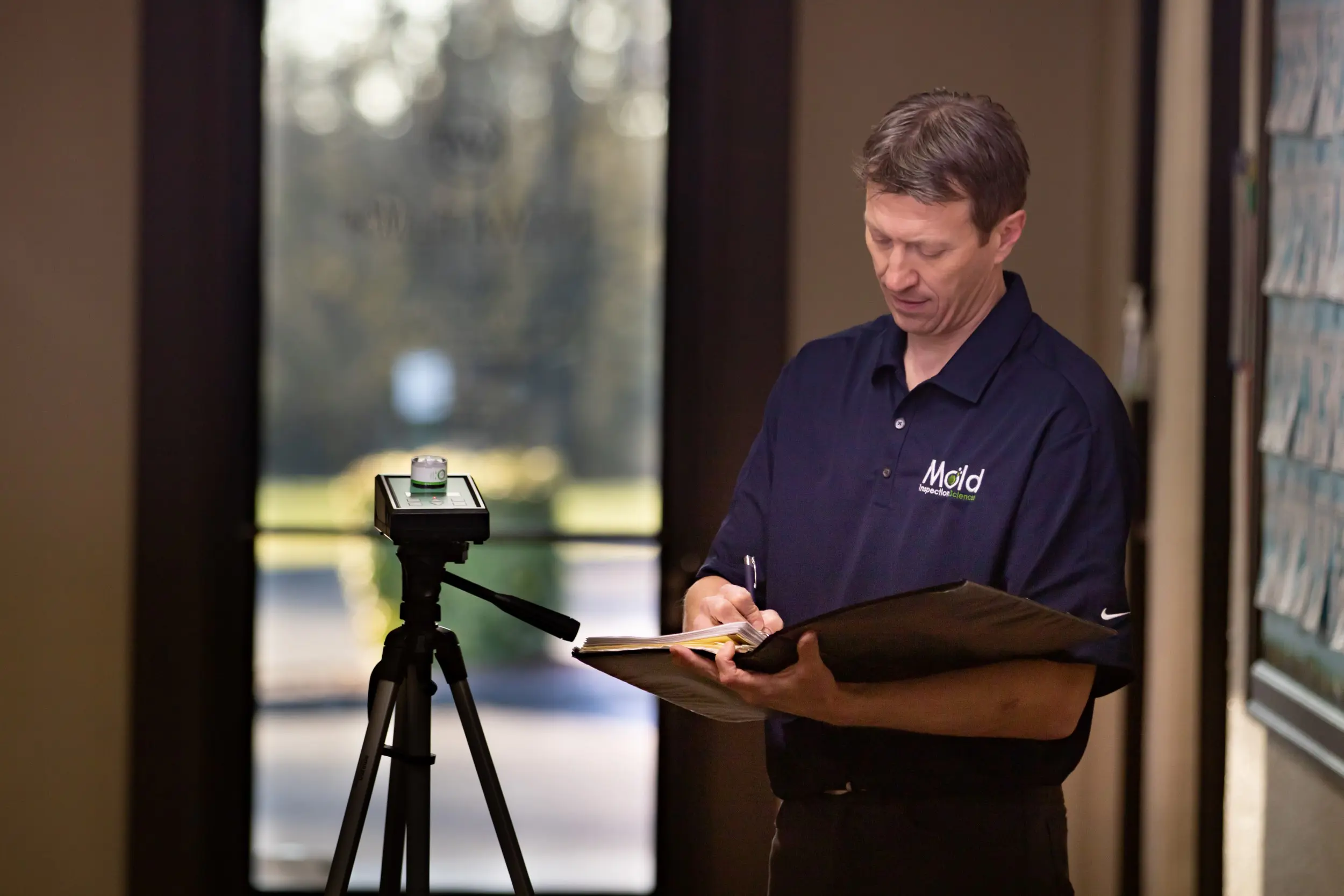Reliable Post Mold Remediation Cleaning Protocols
Reliable Post Mold Remediation Cleaning Protocols
Blog Article
Secret Steps for Successful Post Mold And Mildew Removal
Attending to mold issues in a efficient and timely fashion is crucial for keeping a healthy and balanced indoor environment. Efficiently completing mold and mildew remediation is a multifaceted procedure that calls for interest to detail and adherence to details procedures. From evaluating dealt with areas to implementing dampness control steps, each step plays an essential function in guaranteeing the efficiency of the remediation procedure. There are essential post-remediation actions that are similarly important however frequently forgotten. These steps not just validate the success of the removal efforts however additionally add to preventing future mold development.
Assessment of Treated Locations
Upon completion of the mold removal procedure, an extensive examination of the treated areas is necessary to ensure the efficiency of the removal initiatives. This examination works as a vital action in the post-remediation stage to validate that the mold and mildew removal and clean-up procedures were effective in removing the mold and mildew infestation and restoring a risk-free interior atmosphere. The assessment needs to be conducted by qualified professionals who have the experience to evaluate the remediated areas meticulously.
These include aesthetic assessments to examine for any type of signs of mold and mildew growth or water damages, wetness levels to validate that the area is free and completely dry of excess humidity that might advertise mold and mildew re-growth, and air high quality testing to make sure that the indoor air is risk-free to breathe. Furthermore, the inspection may include making use of specialized tools such as dampness meters and thermal imaging video cameras to identify covert mold and mildew or moisture pockets that might lead to future mold and mildew troubles if left unattended.

Wetness Control Procedures
Efficient wetness control steps are important for protecting against mold and mildew growth and maintaining a healthy and balanced interior environment. Additionally, making use of dehumidifiers in moist areas can aid reduce moisture levels, making it harder for mold to grow.
On a regular basis checking and maintaining the structure's outside can additionally protect against wetness intrusion. After mold remediation. Making sure that gutters are clear, downspouts straight water away from the structure, and the roofing system remains in great problem can help protect against water from seeping right into the building. Appropriately securing doors and home windows can also assist maintain moisture out
In situations where water damages happens, punctual action is required. Any spills or leaks ought to be cleaned and dried within 24-48 hours to prevent mold development. Utilizing dampness meters can help identify covert sources of water and make certain extensive drying out. By implementing these moisture control procedures, the danger of mold and mildew reoccurring can be substantially lowered, creating a healthier indoor atmosphere.
Appropriate Air Flow Evaluation
An indispensable facet of making certain a healthy indoor environment post mold removal is performing a thorough analysis of the air flow system. After mold remediation. Correct ventilation assessment plays a crucial duty in protecting against future mold and mildew growth and maintaining air top quality within the afflicted space. Throughout the assessment, experts evaluate the efficiency of the air flow system, inspecting for any clogs, leaks, or malfunctions that can hinder correct air flow. It is necessary to ensure that the air flow system is sufficiently sized for the space it offers and that it fulfills market requirements for air currency exchange rate.
Furthermore, analyzing the ventilation system consists of examining the distribution of air throughout the location to identify any areas of bad circulation where wetness and impurities can build up. Appropriate air flow not only assists in managing moisture levels however likewise help in removing airborne mold and mildew spores and various other toxins, thereby improving total interior air quality. By resolving any ventilation concerns upload mold and mildew remediation, residential property proprietors can develop a healthier and much more comfortable atmosphere for owners while reducing the risk of mold re-infestation.
Cleaning and Disinfection Protocols
To guarantee comprehensive mold and mildew removal, thorough adherence to details cleansing and sanitation methods is essential. Cleansing and sanitation procedures play an essential duty in the post-mold remediation stage to stop the recurrence of mold growth and make certain a secure and healthy environment.
After the first cleansing, comprehensive sanitation of the impacted areas is required to kill any staying mold spores and prevent their proliferation. This action is essential in go to this web-site preventing the spread of mold and mildew to various other parts of the property. In addition, executing safety nets such as using mold preventions and keeping proper air flow can help lessen the danger of future mold and mildew infestations. By adhering to rigorous cleansing and sanitation protocols, homeowner can guarantee the successful obliteration of mold and produce a healthy and balanced interior environment for passengers.
Monitoring and Maintenance Plan
Executing a routine tracking and maintenance plan is vital for making sure the lasting performance of mold and mildew removal initiatives. When mold remediation is completed, it is essential to establish a monitoring schedule to evaluate the success of the remediation procedure. This entails regularly inspecting the formerly influenced locations for any type of signs of mold reappearance or water damages. By carrying out check this routine checks, any type of new mold development can be without delay determined and dealt with, avoiding a reoccurrence of the initial trouble.
Additionally, establishing an upkeep plan is essential to stopping future mold and mildew issues. Routine upkeep not just helps in protecting against mold and mildew but also adds to maintaining a healthy indoor atmosphere - Post Remediation Inspection near me.
Conclusion
To conclude, effective blog post mold and mildew remediation involves extensive evaluation of treated areas, implementation of moisture control actions, analysis of appropriate ventilation, adherence to cleansing and sanitation procedures, and establishment of a surveillance and upkeep plan. These key actions are important her response to make sure that mold development is successfully gotten rid of and prevented from reoccuring in the future. By complying with these guidelines, property proprietors can keep a safe and healthy and balanced environment for occupants.
Upon conclusion of the mold removal process, a complete evaluation of the dealt with locations is necessary to guarantee the performance of the remediation initiatives. These include aesthetic assessments to inspect for any indications of mold and mildew growth or water damages, wetness levels to verify that the location is dry and cost-free of excess moisture that could advertise mold and mildew re-growth, and air high quality screening to ensure that the indoor air is secure to breathe. Furthermore, the examination may include making use of specialized tools such as wetness meters and thermal imaging electronic cameras to spot concealed mold and mildew or moisture pockets that might lead to future mold and mildew troubles if left unchecked. By attending to any kind of air flow issues publish mold and mildew removal, property owners can develop a healthier and extra comfy environment for residents while decreasing the danger of mold and mildew re-infestation.

Report this page